-
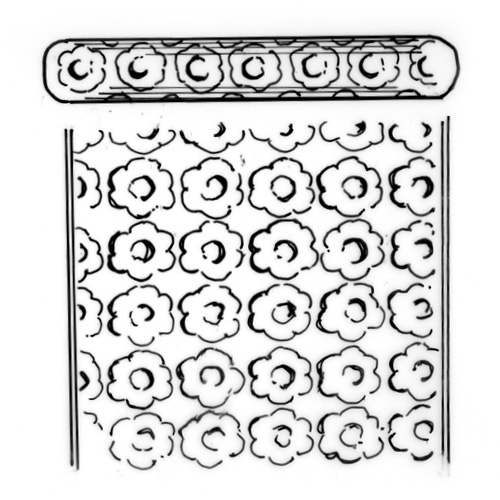 Pottery Illustrated: RoulettesMake your own texture-making tools in various sizes by carving a clay tube and bisque firing it, or carving a rolling-pin-shaped piece of plaster and sanding off the sharp edges. The texture options are endless.
Pottery Illustrated: RoulettesMake your own texture-making tools in various sizes by carving a clay tube and bisque firing it, or carving a rolling-pin-shaped piece of plaster and sanding off the sharp edges. The texture options are endless. -
 Editor's Note: Curated InspirationThe inspiration to create can be cultivated in many ways.
Editor's Note: Curated InspirationThe inspiration to create can be cultivated in many ways. -
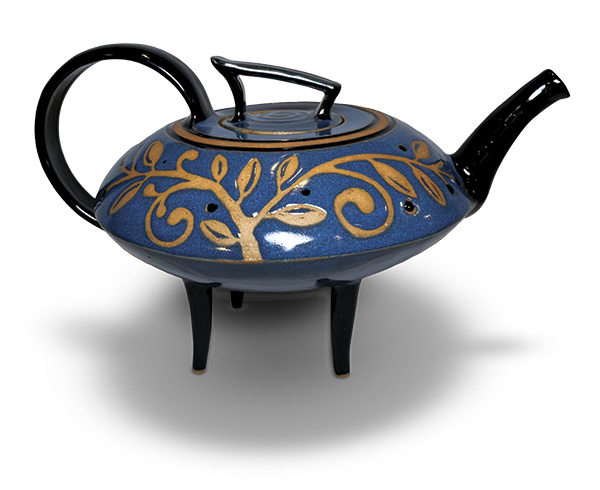 Pottery Making Illustrated's Extravagance Contest Winners
Pottery Making Illustrated's Extravagance Contest Winners -
Supporters of Pottery Making Illustrated — January/February 2025
-
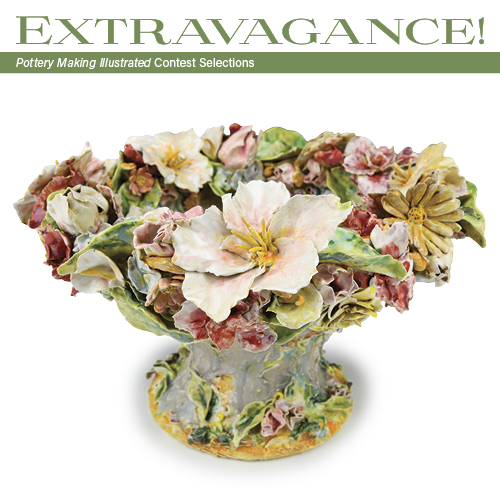 Extravagance: Susan BergmanMy work celebrates passions, vices, and appetites.
Extravagance: Susan BergmanMy work celebrates passions, vices, and appetites. -
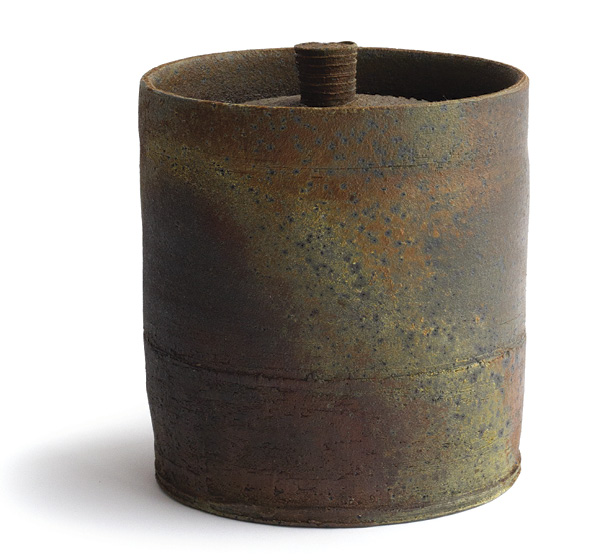 In the Studio: Maker Q&A: Nikita NenashevLike many others, I draw inspiration from a wide variety of sources. While these influences may not directly shape what I create, they more simply inspire me to get to the studio and make something of my own.
In the Studio: Maker Q&A: Nikita NenashevLike many others, I draw inspiration from a wide variety of sources. While these influences may not directly shape what I create, they more simply inspire me to get to the studio and make something of my own. -
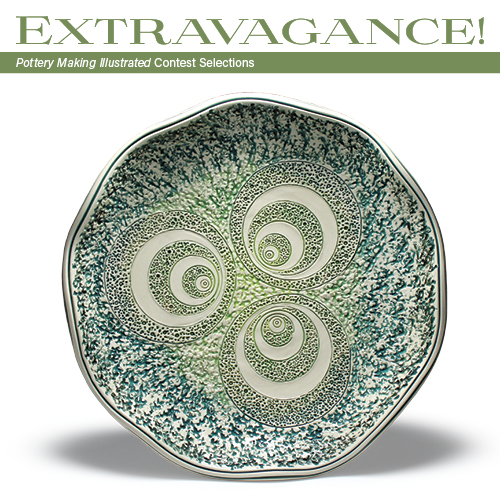 Extravagance: Jennifer HillThe vast empty surface of a plate reads to me as a blank, three-dimensional canvas. My inspiration comes from botanical and sea forms, re-imagined as abstract imagery.
Extravagance: Jennifer HillThe vast empty surface of a plate reads to me as a blank, three-dimensional canvas. My inspiration comes from botanical and sea forms, re-imagined as abstract imagery. -
 Extravagance: Deanne FergusonThe smooth surface of a clay vessel calls me to adorn it. I alter designs using digital software while observing patterns from history.
Extravagance: Deanne FergusonThe smooth surface of a clay vessel calls me to adorn it. I alter designs using digital software while observing patterns from history. -
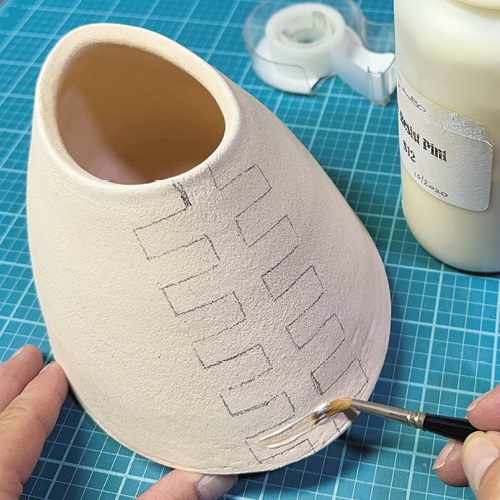 Industrial-Inspired Rocking VaseAfter years of selling industrial parts such as sprockets and gears, I now make functional forms that look like they came out of an old factory, covered in rust, grime, and graffiti.
Industrial-Inspired Rocking VaseAfter years of selling industrial parts such as sprockets and gears, I now make functional forms that look like they came out of an old factory, covered in rust, grime, and graffiti. -
 Rough-Hewn Pouring PotsWhen making my pouring pots, I tend to draw from a diverse range of inspirations and sources, including 20th-century metal oil cans, geologic features, and the textures left by the natural forces that shape them.
Rough-Hewn Pouring PotsWhen making my pouring pots, I tend to draw from a diverse range of inspirations and sources, including 20th-century metal oil cans, geologic features, and the textures left by the natural forces that shape them. -
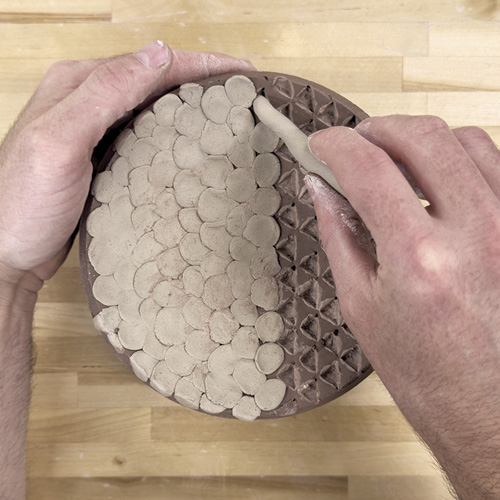 In the Studio: Stamp InlayWhat I connect with most, is being a maker. I find joy in experimenting with processes and materials in my studio practice. In my recent creative exploration, I’ve been making inlaid plates.
In the Studio: Stamp InlayWhat I connect with most, is being a maker. I find joy in experimenting with processes and materials in my studio practice. In my recent creative exploration, I’ve been making inlaid plates. -
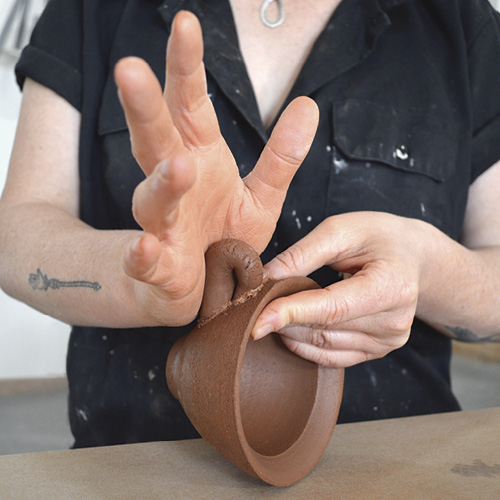 Espresso Cup & SaucerI began exploring making my own espresso cup and saucer forms three years ago. My initial curiosity sprung from my desire to make an object that rejected the premise that good pots have walls whose thickness is perfectly even.
Espresso Cup & SaucerI began exploring making my own espresso cup and saucer forms three years ago. My initial curiosity sprung from my desire to make an object that rejected the premise that good pots have walls whose thickness is perfectly even. -
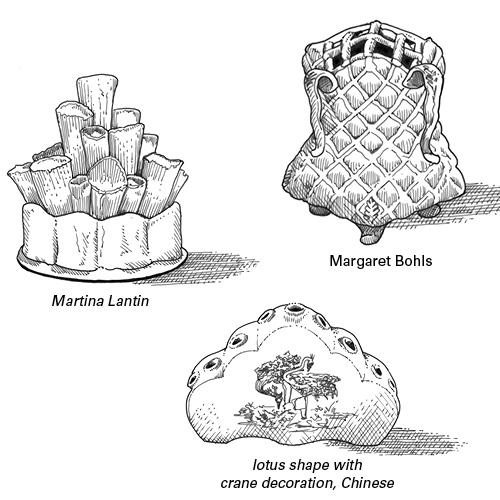 Pottery Illustrated: Flower Bricks and TulipieresPottery Illustrated: Flower Bricks and Tulipieres
Pottery Illustrated: Flower Bricks and TulipieresPottery Illustrated: Flower Bricks and Tulipieres -
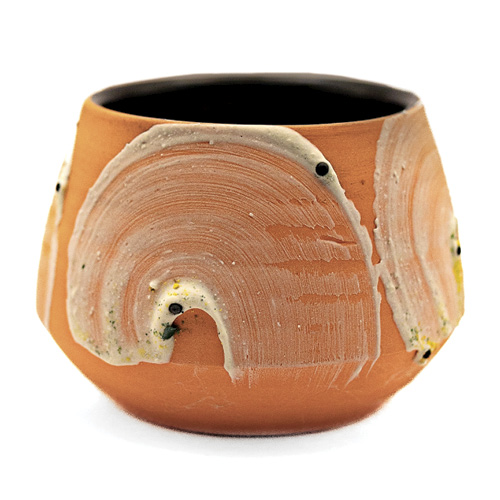 In the Studio: 100-Cup ChallengeIn January of 2023, I sat down with a blank piece of paper to write out my goals for the year. I’ve always admired the 100-day challenges artists do throughout the year. So, I decided to create my own challenge to fit my needs.
In the Studio: 100-Cup ChallengeIn January of 2023, I sat down with a blank piece of paper to write out my goals for the year. I’ve always admired the 100-day challenges artists do throughout the year. So, I decided to create my own challenge to fit my needs. -
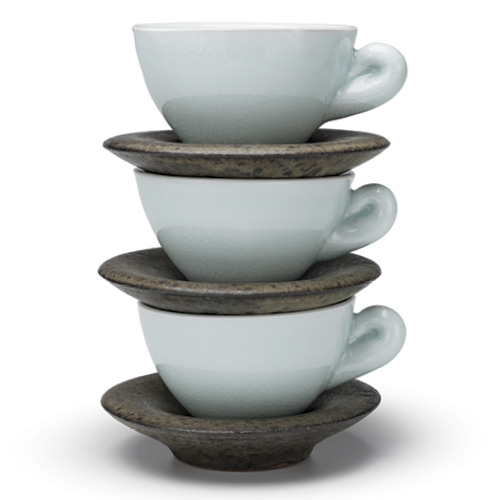 Editor's Note: Eye For DesignIn this issue, we focus on regional Utah potters and celebrate the winners of the Pottery Making Illustrated annual contest, Extravagance!
Editor's Note: Eye For DesignIn this issue, we focus on regional Utah potters and celebrate the winners of the Pottery Making Illustrated annual contest, Extravagance! -
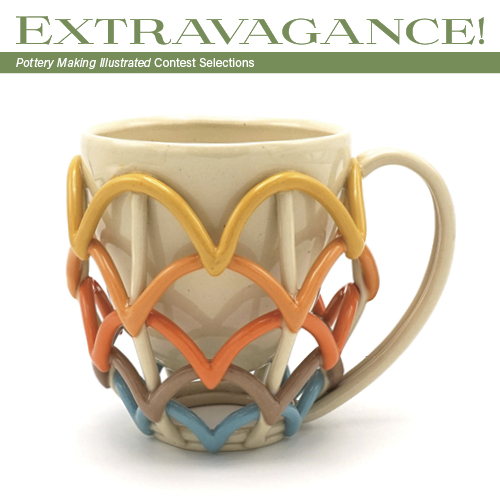 Extravagance: Sarah GermanThough ceramics can be a fragile material, my work is influenced by materials that, when structured in a specific manner, provide strength, such as yarn in a weaving.
Extravagance: Sarah GermanThough ceramics can be a fragile material, my work is influenced by materials that, when structured in a specific manner, provide strength, such as yarn in a weaving. -
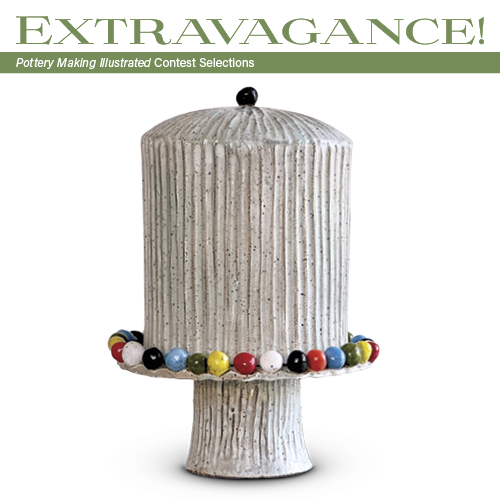 Extravagance: Jessica HunterI often choose handbuilding over wheel throwing to embrace the imperfections that highlight the beauty of handmade objects. I use a variety of surface treatments, guided by what each piece calls for.
Extravagance: Jessica HunterI often choose handbuilding over wheel throwing to embrace the imperfections that highlight the beauty of handmade objects. I use a variety of surface treatments, guided by what each piece calls for. -
 Extravagance: Samantha McLellandBy creating a contrast between the unglazed exterior and the colorful interior, I draw attention to the earthy, richly pigmented clay of my forms.
Extravagance: Samantha McLellandBy creating a contrast between the unglazed exterior and the colorful interior, I draw attention to the earthy, richly pigmented clay of my forms. -
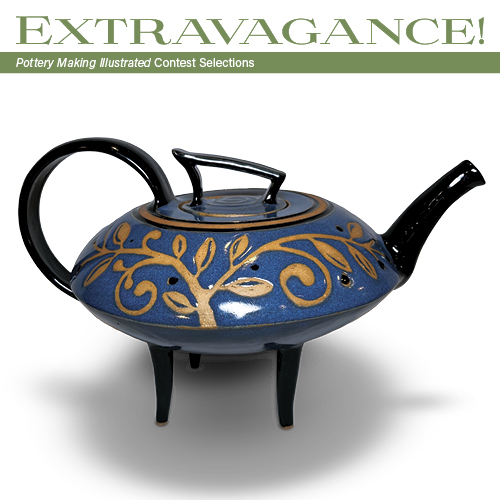 Extravagance: Christine AustSurrounded by the beautiful gardens around my countryside home, I am often inspired to mirror the twisting tendrils of vines or the endless variety of leaves and flowers in the surface of my clay vessels.
Extravagance: Christine AustSurrounded by the beautiful gardens around my countryside home, I am often inspired to mirror the twisting tendrils of vines or the endless variety of leaves and flowers in the surface of my clay vessels. -
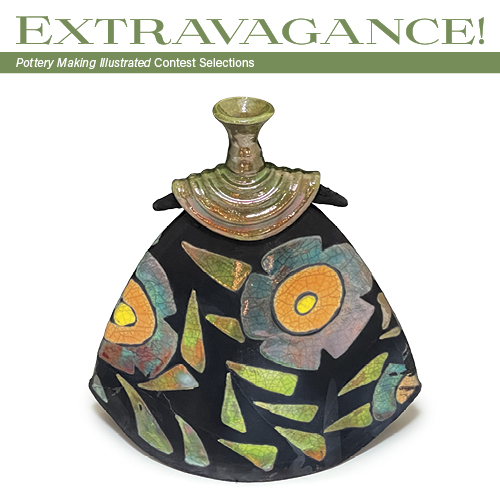 Extravagance: Genie Sue WeppnerI love the dynamic effects that glazes make when flowing over texture. I use craft foam, which I draw on it with a ballpoint pen to create my own texture marks for glaze effects.
Extravagance: Genie Sue WeppnerI love the dynamic effects that glazes make when flowing over texture. I use craft foam, which I draw on it with a ballpoint pen to create my own texture marks for glaze effects.
- 1
- 2
- 3
- 4 (current)
- 5
- 6
- 7
- 8
- 9
- 10
- »
